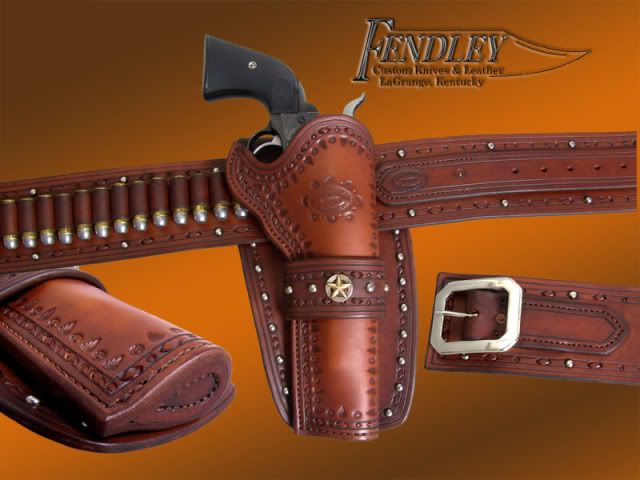Chef Niloc
Well-Known Member
... before you got good at it?
I started working with leather just about 3 years ago. In that time I have made 12 sheaths, 2 belts, 3 cases and a money clip. Now my skills have come a long way in the past 10 months thanks to this board, better tools, Chuck & Paul's DVD's. However I would by no means consider my self good, not yet. I went to the knife show in NJ last weekend and while I didn't care much for the knives at this show I did see some very nice looking sheaths, many made by members of this board. I must say It was kind of cool being able to tell who made a sheath with out needing to flip it over & see a makers mark. Any way back to my question. How long/ how many sheaths did you have to make before you got that "pro" look to your work?
I started working with leather just about 3 years ago. In that time I have made 12 sheaths, 2 belts, 3 cases and a money clip. Now my skills have come a long way in the past 10 months thanks to this board, better tools, Chuck & Paul's DVD's. However I would by no means consider my self good, not yet. I went to the knife show in NJ last weekend and while I didn't care much for the knives at this show I did see some very nice looking sheaths, many made by members of this board. I must say It was kind of cool being able to tell who made a sheath with out needing to flip it over & see a makers mark. Any way back to my question. How long/ how many sheaths did you have to make before you got that "pro" look to your work?

